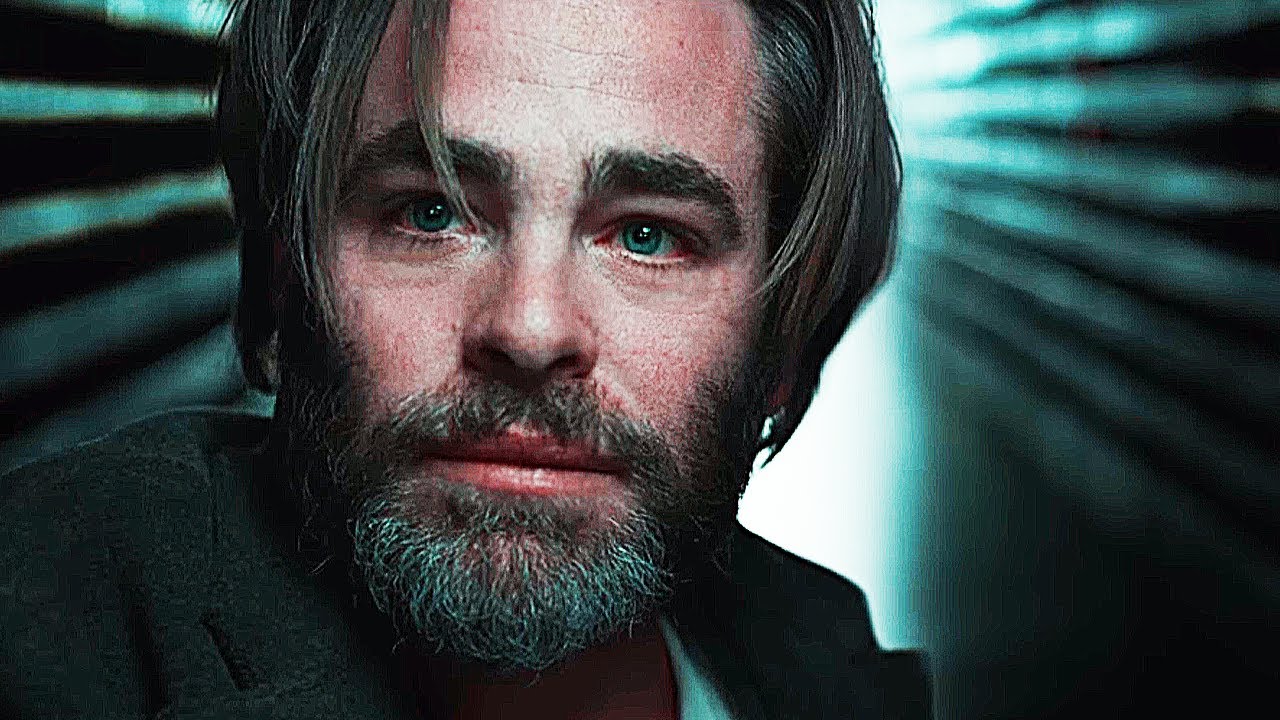
We’re officially half-way through 2018, and it’s already been an interesting year for the big screen. Highly-anticipated Disney sequels have been released alongside some of the most creative super hero and horror flicks to date. Big-name actors have soared, but so have some new faces and names. And, of course, some hardly took off the ground.
Of the films promised for this year, some seem to be truly unique, but many that have been and are slated to be released are sequels, franchise continuations, or remakes. Certainly, some of those remakes and more look like they will still be fascinating, but you never really know. Out of the films that have been released so far, some of the ones that seemed like box office knock-outs have really flopped.
This list explores the ten biggest box office flops of 2018 so far. While the list happens to contain mostly remakes and franchise continuations, some original ideas are included here, too. Some of the films on this list are ones you might expect to see, but even some of the most anticipated films of 2018 will be included on this list.
Arguably, the box office gross for a film does not indicate whether it fails or succeeds as a story. In that case, don’t let this list stop you from seeing any of the films below. In fact, if any of these films particularly surprise you for being here, go watch them! Many of them are probably still fantastic—even number four on this list was named the best film of 2018 just last month by writers at Esquire. It all goes to show that you can’t truly judge a film by its box office performance.
10. Pacific Rim Uprising –TIED WITH– Solo: A Star Wars Story
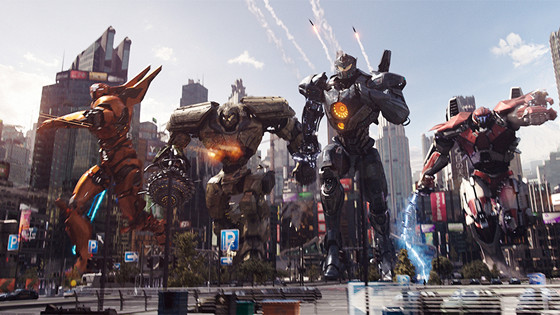
The two films tied for number ten are both seemingly high-grossing films. They’re both also the most recent installments of respective film franchises that had promising box office performances up until now. Unfortunately, they’re both box office wash-outs, and their failures are comparable.
Despite stellar casts, notable directors and production teams, and cutting-edge attempts at visual effects, both “Pacific Rim Uprising” and “Solo: A Star Wars Story” have a lot of ground to cover if they even want to break even in terms of their original budgets. Neither film was small-scale, as “Pacific Rim Uprising” was made on a budget of $200M, and “Solo” was made with $275M—one of the highest film budgets of all time.
The directors of each film are probably still shocked their films did so poorly at the box office because their productions got mostly-positive critical receptions, too. Both films average around 70% in ratings, which is vastly better than one would expect based on their underwhelming box office performances.
Let these points of contention be encouragement for you to see both films. They’re likely nowhere near as bad as their box office reputation presumes, but still it begs the question: Why on earth did they do so, so badly? With these two, we may never know.
9. Sherlock Gnomes
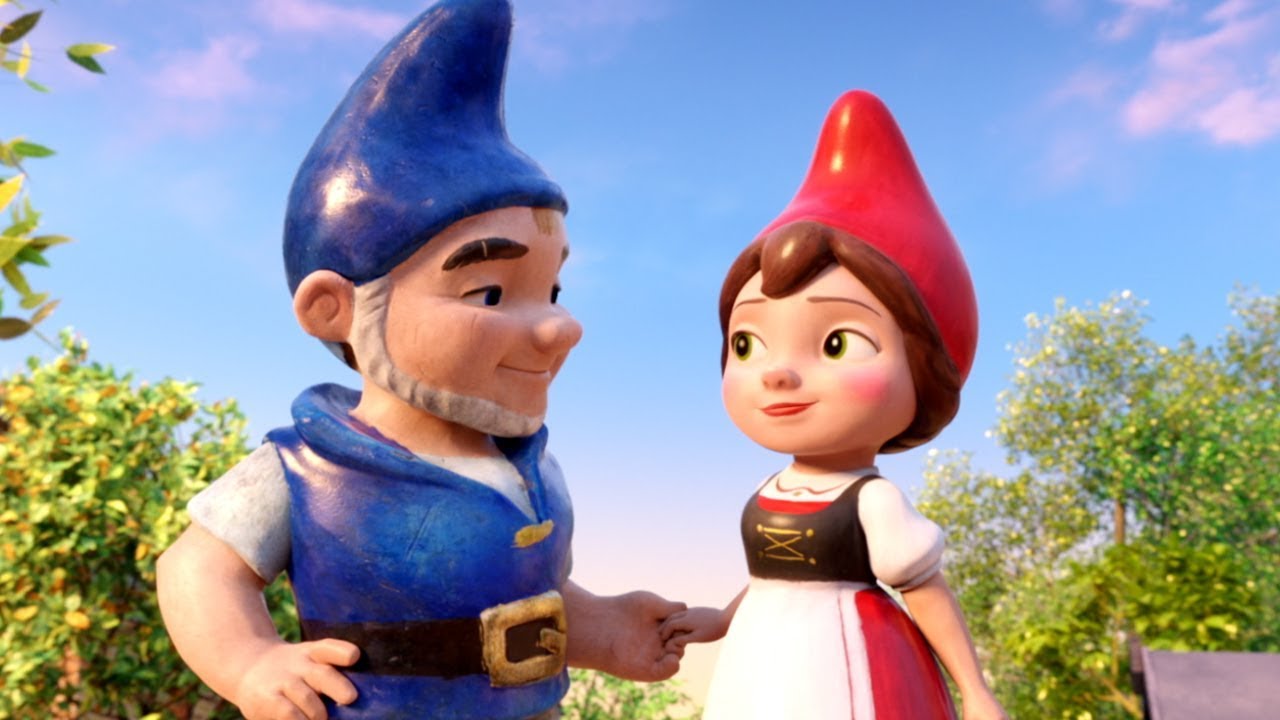
“Sherlock Gnomes” is another film that did actually gain at the box office but whose earnings mean nothing in comparison with the original budget and spending. It’s also another film released as part of a franchise that seemed successful up until now.
This film, however, gets reviews that reflect the loss its box office predicted; “Sherlock Gnomes” hardly receives ratings above 50% from professionals and fans alike. Most often described as “lazy,” “predictable,” “pointless,” and “elementary”—pardon the pun—“Sherlock Gnomes” is apparently a sequel nobody wanted or needed.
The animation might be one reason why this film did so poorly overall. It could also be the fact that the film’s $59M budget was mostly spent on the A-list actors that voice each character. Viewers may recognize the voices of returning actors James McAvoy and Emily Blunt, or of fresh characters voiced by Mary J. Blige or Johnny Depp, but those familiarities do nothing to bolster a weak, confused, and pointless story with mediocre animation.
Paramount Pictures produced its first fully-animated film with “Sherlock Gnomes,” but it’s unlikely that they’ll try that again anytime soon, based on the failings of this film and franchise. However, they may still try, but it will certainly be with a new idea completely separated from the world of animated, feisty, and adventurous garden gnomes.
8. Early Man
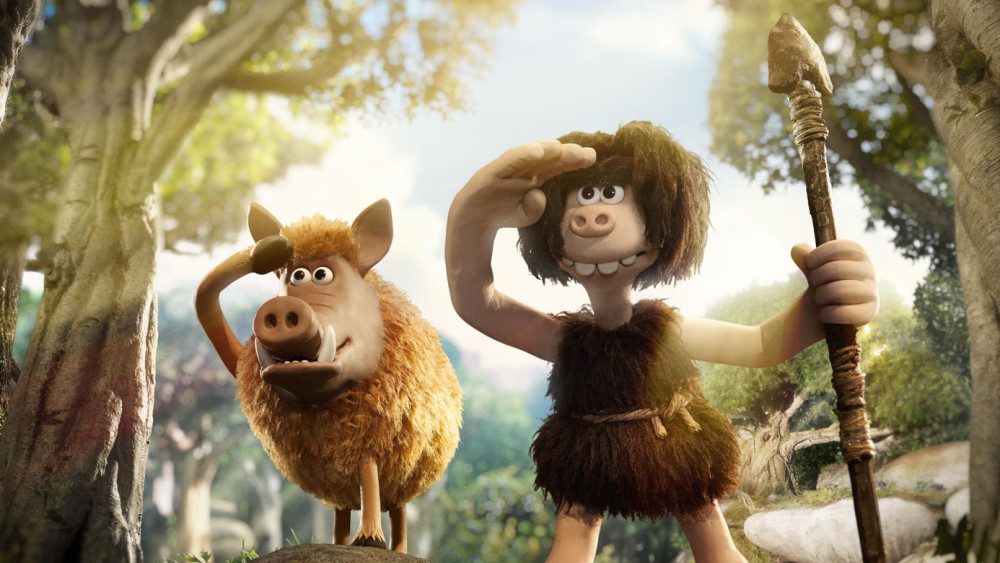
From the creators of “Wallace and Gromit,” “Chicken Run,” and “Flushed Away,” the newest handmade animated classic from Aardman Animations is a story about the historical collision of the Stone Age and the Bronze Age. Called “Early Man,” this film was received very well by critics, whose ratings hardly drop below 75%, but that didn’t help the film to do well in the box office. Unfortunately, it only gained $3M during its opening weekend.
It could have competing interests that got “Early Man” lost in the box office cracks, for Disney’s “Coco” and Marvel’s “Black Panther” were released the same weekend, and both drew in huge crowds for weeks. Hopefully the critics’ words of praise for “Early Man” can help to redeem the story, production agency, and film overall in the coming months, though. In all honesty, the film’s script is great, its animation is spot-on, and its plot is genuinely interesting. “Early Man” deserves a second chance.
Regrettably, “Early Man”’s disappointing box office performance signals more than just a failure of the production agency, actors, or story. It also potentially harkens an oncoming filmic tragedy: the death of stop-motion animation.
It could be the very form of animation that bores viewers these days—it could be the production team’s aesthetic within that style of animation, too. Let’s hope that the days of stop-motion animation aren’t numbered because film art like Aardman’s is few and far between these days.
7. Death Wish
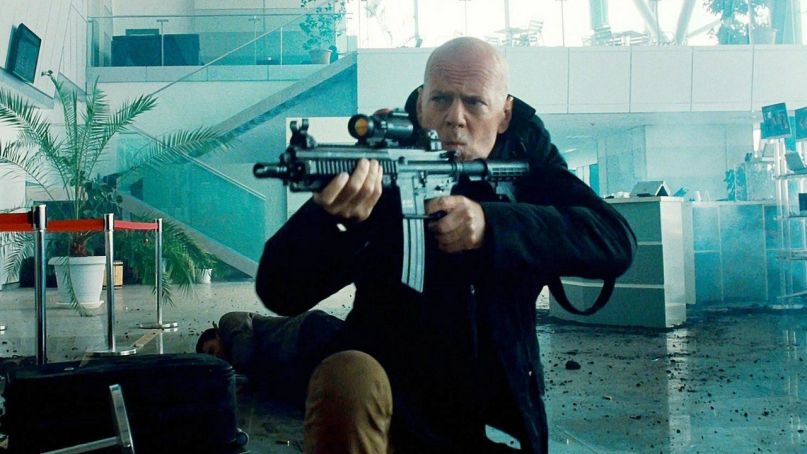
After a shoddy twenty-year action film franchise had been silent for almost 25 years, Eli Roth decided it needed a come-back. Horror and thriller aficionado Roth jumped into the action scene fast and hard when he decided to remake the original “Death Wish” from 1974, and his directorial energy normally makes any film incredible. Unfortunately, “Death Wish” proves an exception to the norm.
Sure, “Death Wish” did bring in some earnings in the domestic and worldwide box offices. Sure, it refreshed a concept almost 50 years out of the limelight. But it comes down to the fact that “Death Wish” hardly made enough to break even.
Maybe it was Roth’s commitment to focusing on family in the remake that held it down, or it could have been the perception that the film was merely prideful pro-gun propaganda. Ultimately, it doesn’t matter the reason why for someone like Roth; he’s already moving on to bigger and better things.
For those of you that loved the original “Death Wish” films, don’t give up on Roth’s remake just because of its box office performance or reviews. Critics may keep rating “Death Wish” around 20% or lower, but it’s a piece of a bigger (filmic) picture, and it’s still worth the watch for its reexamination of a classic idea.
6. A Wrinkle in Time
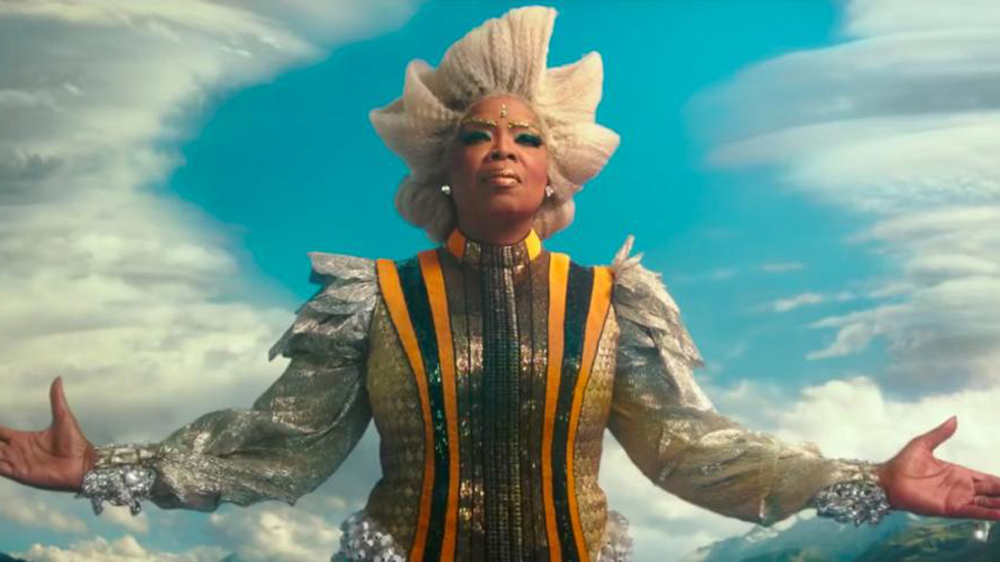
As one of the most highly anticipated films of 2018, “A Wrinkle in Time” fell flat from its projected high tower as soon as it hit theatres. With a budget upwards of $130M and a cast star-studded by the likes of Oprah, Reese Witherspoon, Mindy Kaling, Chris Pine, Zach Galifianakis, and more, this film promised a lot. Furthermore, with a director like Ava DuVernay, whose previous work has impressed and informed viewers since the early 2000s, “A Wrinkle in Time” had a lot to show for itself.
That show turned out not to be substantive, however. After the opening weekend, “A Wrinkle in Time” had only grossed $2M. Earning two million dollars after working with a budget like $130M means complete failure, especially for someone like DuVernay who had her race and gender pointed against her the whole time.
In fact, “A Wrinkle in Time” was the biggest-budget film directed by a woman of color in film history. That pressure alone can make or break a director’s focus when coming up against a project as big as “A Wrinkle in Time,” and it seems that DuVernay’s focus broke.
Despite the budget and box office performance, though, “A Wrinkle in Time” didn’t do very well by the critics’ judgment either. Most reviewers mark their approval right around 50%, stating that, for all its heart and effort, “A Wrinkle in Time” just doesn’t do much for modern viewers unless they’ve read Madeleine L’Engle’s books already. It’s a confusing story, and a brilliant director combined with a substantial budget regrettably can’t change that.